New Minerals Found In Meteorites: What Secrets Do These Space Stones Hide?
4th Apr 2024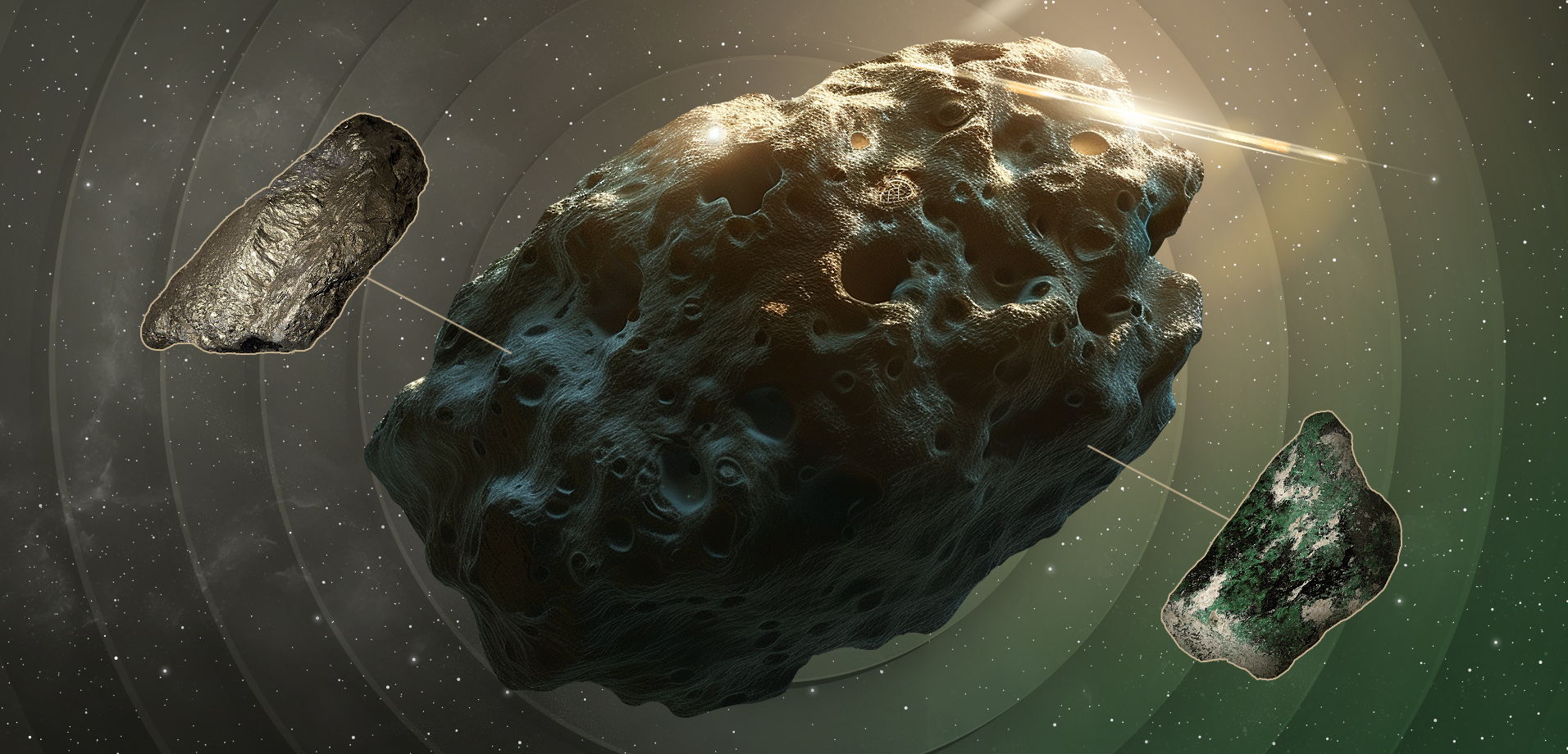
The remains of ancient asteroids, comets, and planets are frequent guests on Earth. We call them meteorites. These messengers from space are unique sources of information about the origin and evolution of our Universe. By studying their composition, scientists often find unique minerals that have not been previously discovered on Earth. In this article, we will tell you about some new minerals in meteorites and what they can tell us about space.
How Many Meteorites Fall To Earth?
According to scientists, about two thousand tonnes of meteorites fall to Earth every year. There could be even more of them, but fortunately, our atmosphere protects us from this endless stone rain, and most of the debris burns out before reaching the surface. Those that reach our planet become the subject of study and trade. By the way, in one of our articles, we already talked about who owns fallen meteorites and what you can do with such a gift if it falls in your backyard. Give it a read, it’s quite interesting.
Do Meteorites Have New Elements?
You may be surprised, but no new elements have yet been discovered in meteorites. Most space guests consist of silicates, iron, nickel, and other metals that can be found on Earth. But sometimes, in meteorites or their craters, researchers find completely new combinations of elements already known to us — new types of minerals that give us valuable information, without which our evolution would be impossible.
What Are The New Minerals Discovered In Meteorites?
In 2019, scientists in the United States, Germany, and Russia released a meteorite minerals catalogue, containing more than 500 minerals, about 70 of which are not found on Earth or have unusual properties. And this catalogue is constantly updated.
Two new minerals from the El Ali meteorite
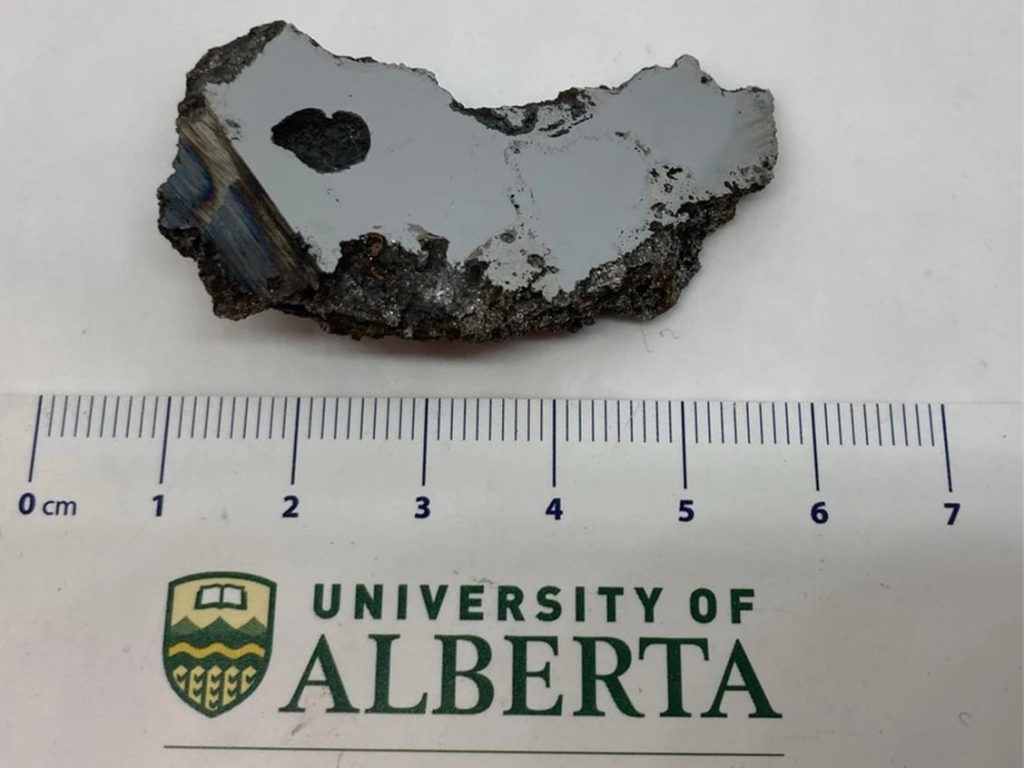
One of the largest meteorites was found in 2020 in Somalia. An iron block weighing almost 17 tonnes was discovered in a limestone valley 15 km north of El Ali by employees of the Kureym Mining and Rocks mining company, which was exploring opals in the area. Interestingly, the locals have known about the stone for five to seven generations, they nicknamed it Nightfall, mentioned it in songs, folklore, dances and poems, and also used its metal surface to sharpen knives. Prospectors took a 70-gram sample of the meteorite and sent it to the University of Alberta for classification, where it ended up in the hands of Chris Hurd, curator and professor in the Department of Earth and Atmospheric Sciences.
In 2022, Hurd announced the discovery of two new minerals found in meteorite from El Ali. Hurd named one Elaliite after the El Ali meteorite itself and the other named Elkinstantonite after Professor Lindy Elkins-Tanton, vice president of the ASU Interplanetary Initiative, professor in the School of Earth and Space Exploration at Arizona State University, and principal investigator for NASA’s Psyche mission.
What Is The New Compound Found In Meteorite El Ali?
Elaliite and Elkinstantonite have an iron-phosphorus-oxygen composition. Synthetic versions of both minerals were produced in a French laboratory in the 1980s, but they could not be classified as mineral until they were found in nature.
Scientists believe that if they manage to get more samples of Nightfall, they will probably find more new meteorite minerals in them. However, the problem is that the Somalia government transferred the stone to China, and its fate is unknown.
Other New Minerals Found In Meteorites
Allabogdanite
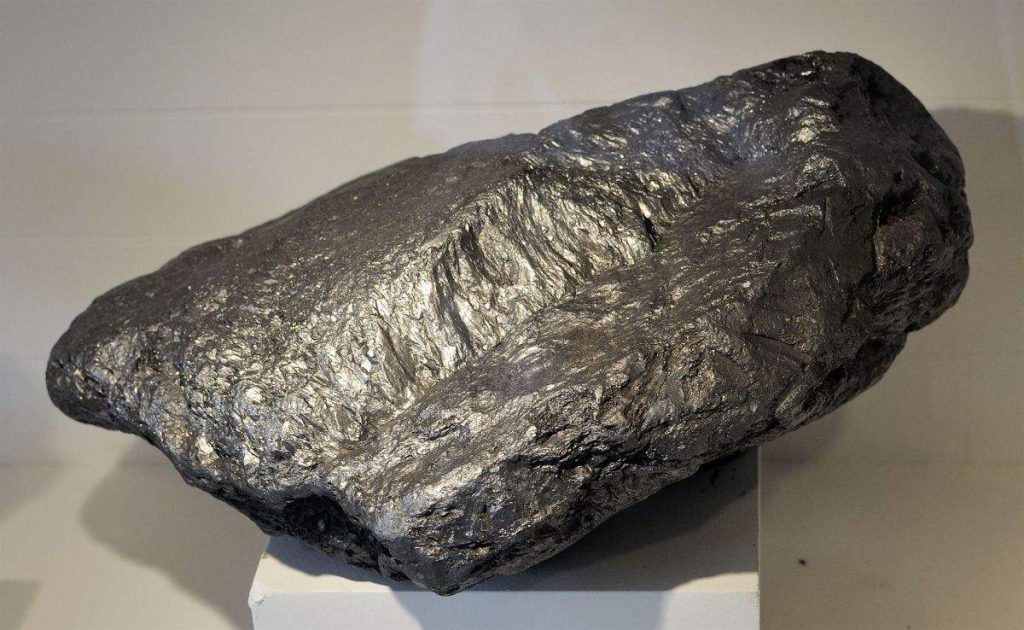
Allabogdanite is a very rare phosphide mineral, dimorphic with barringerite. It was first discovered in 1997 in the Onello iron meteorite in a tributary of the Onello River of the Aldan River basin, Eastern Yakutia, Russia. In June 2021, it was also discovered in the vicinity of the Dead Sea. Allabogdanite is named after the Russian mineralogist Alla Bogdanova, who made major contributions to the study of meteorites.
Cosmochlor
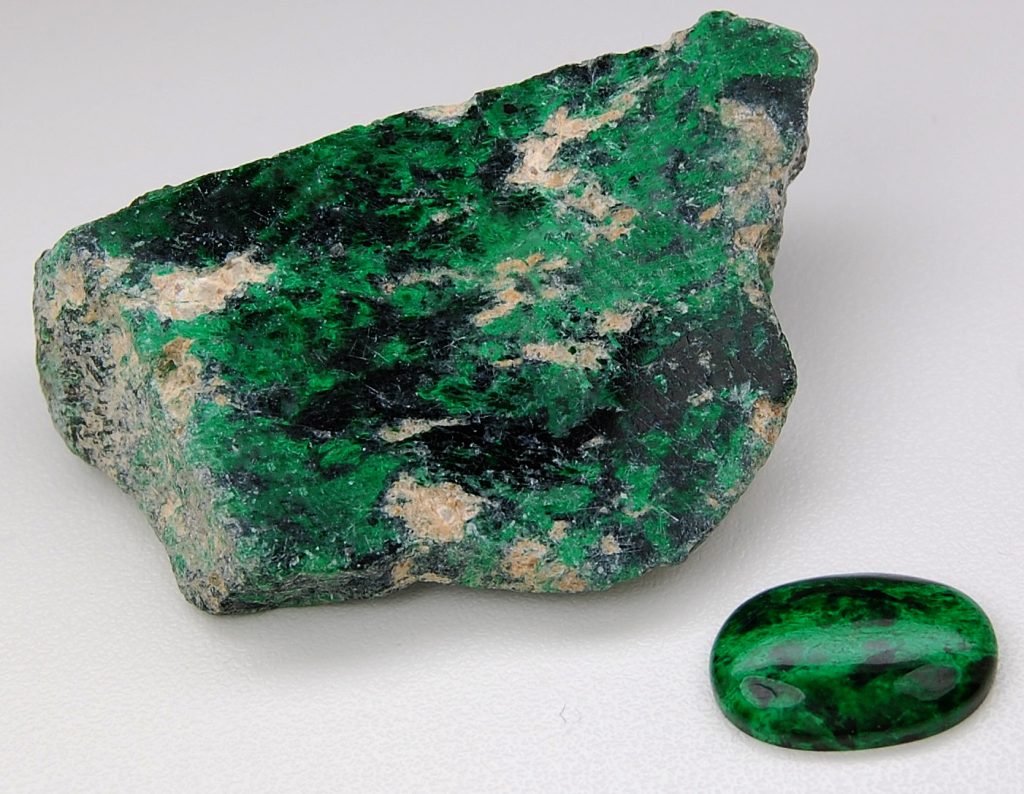
Cosmochlor is a rare mineral, sodium and chromium silicate from the group of monoclinic pyroxenes. It was first discovered in the Toluca iron meteorite (Mexico City, Mexico) by Hugo Laspeyres in 1897. Cosmochlor is named after the Greek words cosmos and chloros, meaning green, as this mineral has a greenish colour. Cosmochlore is also called Ureyite, after the American physicist H. C. Urey, who studied meteorites.
Chaoite
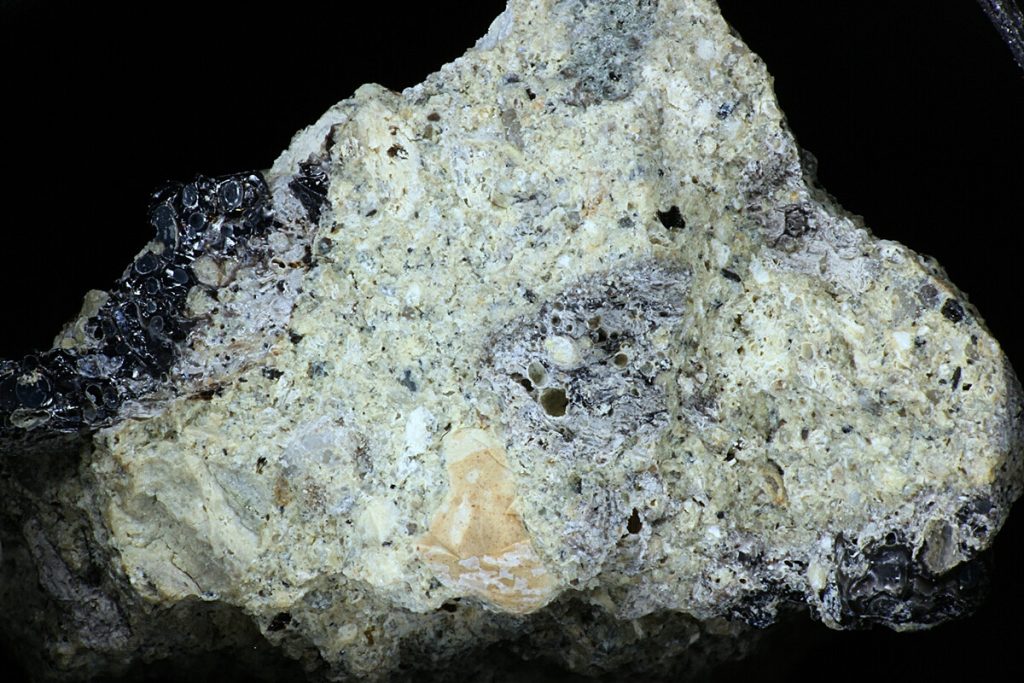
Chaoite (white carbon) is a carbon mineral with large quantities of chlorine and silicon. It was first found in the Nördlingen Ries crater in Germany and also at the Goalpara and Dayalpur meteorite impact sites in India. It was catalogued in 1968 and named after USGS petrologist Edward Ching-Te Chao.
Trevorite
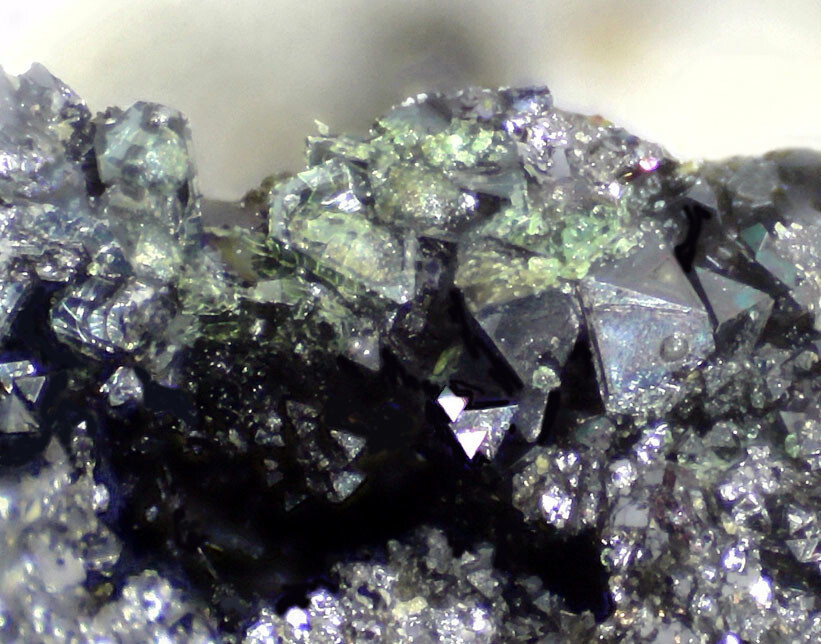
Trevorite, an exceptionally rare mineral of the oxide and hydroxide class, was discovered in 1921 and named after T. Trevor, a mining inspector in the Transvaal. It was also discovered in craters in Germany and South Africa, as well as in the carbonaceous chondrite of Renazzo (Italy), which fell on this village in 1824.
Georgiaite
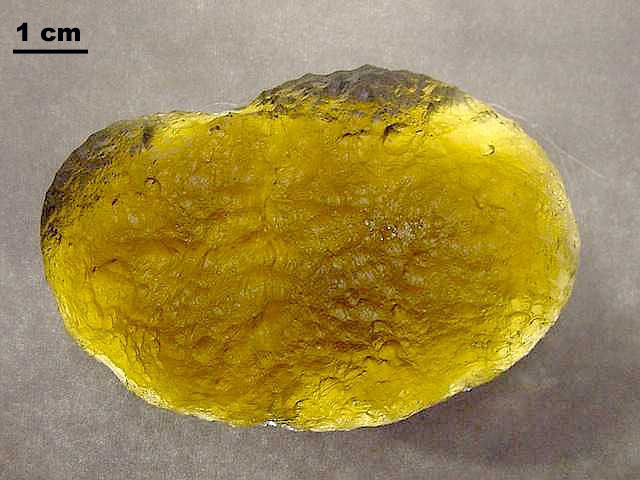
Georgiaite is a rare form of tektite, a meteorite glass found only in the southeastern United States in Georgia. It got there as a result of the large asteroid fall on the eastern coast of North America about 35 million years ago, in the late Eocene, in the territory that is now the state of Virginia. The asteroid struck at a speed of almost 60 kilometres per second, leaving a crater with a diameter of 85 km.
These are just some of the new minerals found in meteorites. But even they give insight into how diverse and amazing the materials in space are, and how much we can learn about space by studying meteorites.
What Role Do Minerals Found In Meteorites Play For Humankind?
The space sends us useful gifts, and we are grateful for this. The value of new meteorite minerals is invaluable for science and the benefit of humanity. They told us about the age of the Universe, how asteroids and planets formed and evolved, and even about the possibility of life beyond Earth. With the help of new minerals found in meteorites, we can improve our technologies, expand our knowledge about the Universe, and, therefore, evolve. Today, we have reached the point where we can study space minerals not only on Earth but also in space. The era of asteroid mining is just around the corner, which will help us replenish the Earth’s dwindling resources. And this is possible thanks to our stone guests from space.
References And Additional Information:
- U of A scientists help identify two new minerals found in ‘curious’ meteorite
https://edmontonjournal.com/news/local-news/u-of-a-scientists-help-identify-two-new-minerals-found-in-curious-meteorite - Meteorite Minerals
https://www.researchgate.net/publication/335011373_Meteorite_Minerals - Mineralogy of meteorite groups. Alan E. RUBIN
https://onlinelibrary.wiley.com/doi/abs/10.1111/j.1945-5100.1997.tb01262.x - FAQ – meteorite facts
https://meteorites.asu.edu/faq/faq-meteorite-facts
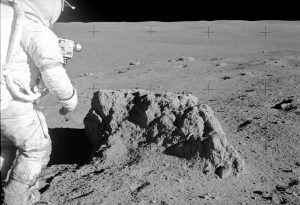




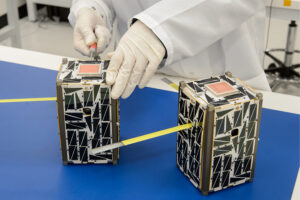
Thank you for your comment! It will be visible on the site after moderation.